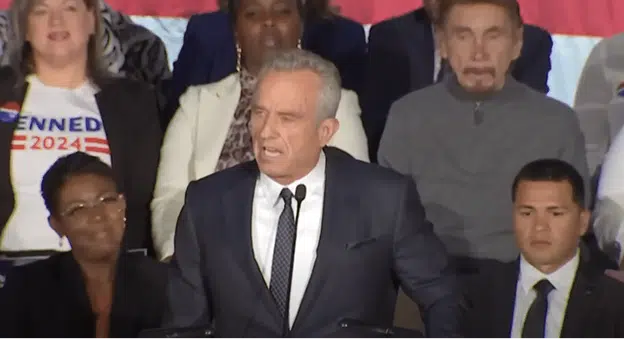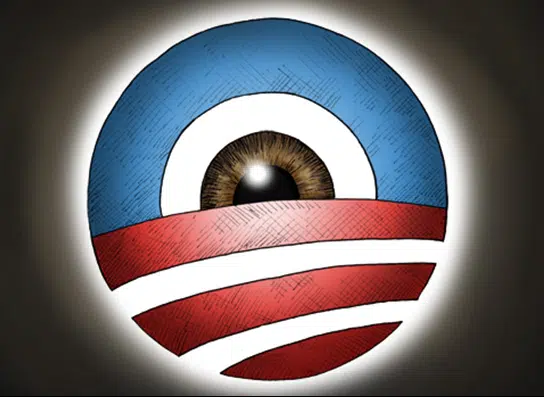
Speaking at the Economic Club of Indiana in Indianapolis on Oct. 1, Federal Reserve Chairman Ben Bernanke claimed that quantitative easing and lower interest rates actually help savers.
How? Well, certainly not by offering any tangible return on actual savings. Said Bernanke, “My colleagues and I know that people who rely on investments that pay a fixed interest rate, such as certificates of deposit, are receiving very low returns, a situation that has involved significant hardship for some.”
Today, with near-zero percent interest rates — thanks entirely to Fed easy money policies — savings by frugal Americans earn little to no return, eliminating an essential incentive to save in the first place. When inflation is factored in, there is actually a negative return for holding onto cash rather than spending it.
So, how are Fed policies helping savers, then, according to Bernanke?
“Many savers are also homeowners,” said Bernanke, adding, “indeed, a family’s home may be its most important financial asset. Many savers are working, or would like to be. Some savers own businesses, and — through pension funds and 401(k) accounts — they often own stocks and other assets.”
Bernanke explained, “Only a strong economy can create higher asset values and sustainably good returns for savers… [and] [t]he way for the Fed to support a return to a strong economy is by maintaining monetary accommodation, which requires low interest rates for a time.”
He said home values would collapse without Fed support, unemployment would rise, and asset values would plummet and “[s]uch outcomes would ultimately not be good for savers or anyone else.”
So, admittedly, the Fed’s easy money policies do not in actuality directly help savers. But they will increase home values, asset prices, and create jobs for savers, Bernanke claimed. Okay, but is that even true?
And isn’t that what all of the so-called experts said about the bailouts of banks were supposed to have the same effect in 2008 and 2009?
Markets crashed anyway. Home prices have dropped 31 percent since their highs in 2006. And more than 4 million jobs have been lost on a net basis in this economy while the working age population has increased by more than 9 million.
Here we are, four years into the bailouts, and those jobs are still not coming back, home values remain in a crater, and millions of Baby Boomers have seen their retirement savings obliterated in this recession.
Combined with fraudulent claims that quantitative easing improves the trade deficit or boosts economic growth, with the exception of bailing out insolvent banks, nothing that has been said in support of quantitative easing has turned out to be true.
On trade, the boost of exports brought about by monetary expansion has been more than outweighed by the higher price of oil that we pay overseas. On growth, today despite the Fed more than tripling its balance sheet since 2007 to $2.8 trillion today, we are growing at a tepid 1.3 percent annual rate.
In short, all of the horrible things that were supposed to happen without the bailouts happened anyway with them.
So, tell us another one, Ben.
Today, transmuting lead into gold with a particle accelerator, changing the number of protons in its atoms, has more validity to it than Bernanke’s alchemy of “creating” jobs and prosperity with a printing press. And with the cost of quantitative easing coming in at $2 trillion and counting, it might even be more cost-effective.
Robert Romano is the Senior Editor of Americans for Limited Government.







